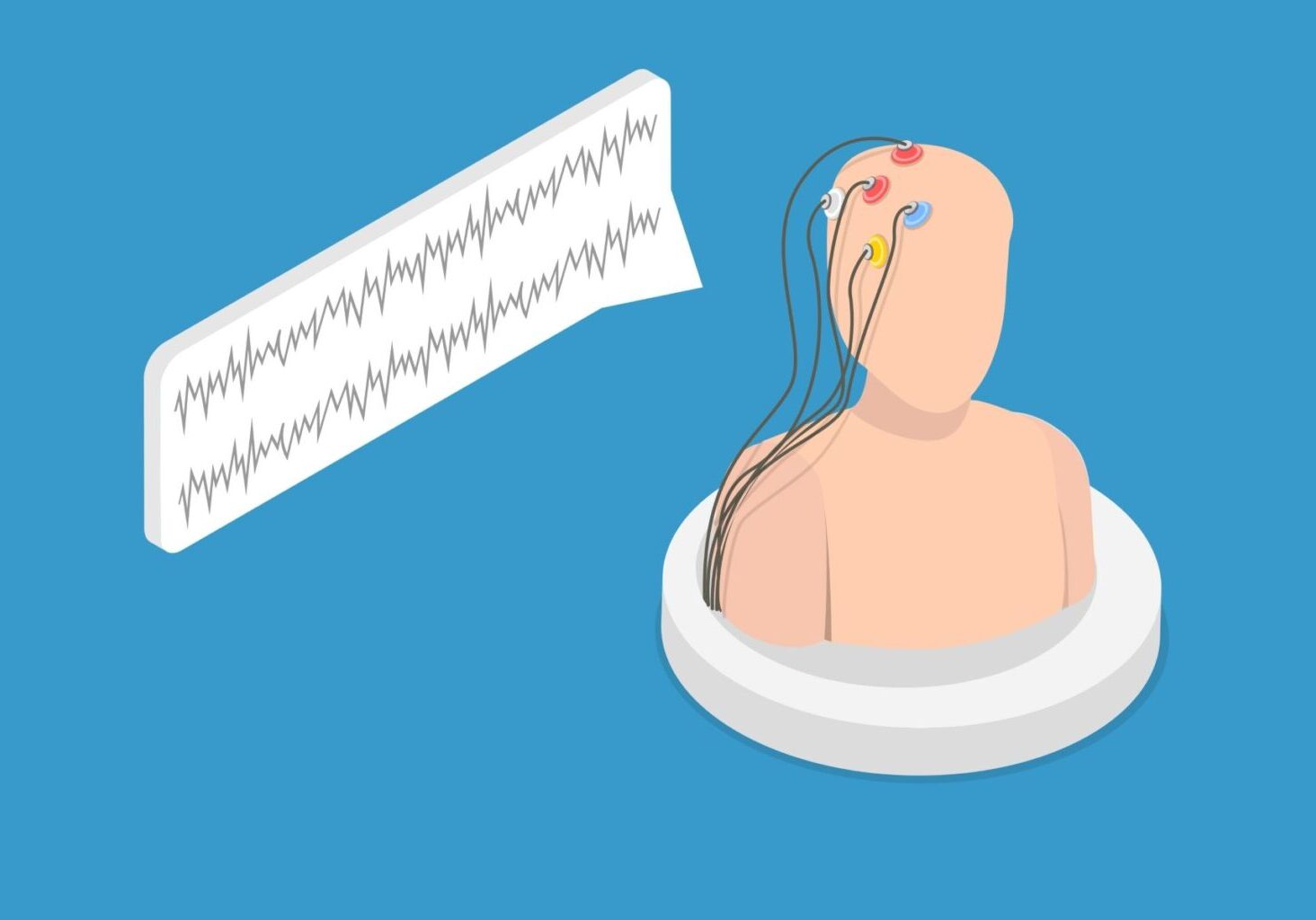Biofeedback Explained: How to Give Adequate Client Education About Biofeedback Massage
Last Updated: September 27, 2024

From PTSD to ADHD, anorexia to anxiety, and chronic pain to chemotherapy side effects, your massage therapy clients can have serious emotional, psychological, and physiological conditions impeding their wellbeing. While not a replacement for medical doctors and mental health professionals, massage therapists like you can help relieve negative symptoms your clients experience by bettering their mind-body connection with biofeedback massage.
Biofeedback massage use sensors or electrodes to measure bodily functions related to involuntary stress responses. These may include brain activity, breathing rate, heart rate, muscle contractions, sweat volume, and body temperature. By gathering information about how your body involuntarily behaves, you may help clients control their stress reactions better, explains Verywell Health.
However, like all massages and treatments, biofeedback massage isn’t a miracle cure. Quality client education about biofeedback is essential for clients to have realistic expectations about treatments and their outcomes. Read on for tips about what to include in your patient education for biofeedback.
What is the goal of biofeedback therapy?
Which goal would a patient have for using biofeedback therapy?
Typically, clients want to reduce negative symptoms they’re experiencing through a better mind-body connection. But what physical or mental health problem are they trying to address? And what biofeedback benefits are they looking for?
According to Harvard Health, the following are common ailments that may encourage clients to try biofeedback massage:
- Anxiety and Stress: Biofeedback and stress management are two peas in a pod. Because they increase awareness of your body’s stress and anxiety responses, biofeedback techniques for anxiety can help clients better manage their response to overwhelming situations.
- Sleep: Biofeedback and relaxation techniques can help clients struggling with insomnia. Monitoring heart rate, brain waves, and breathing patterns and training clients to slow those measurements down are common biofeedback techniques for sleep.
- Migraines: Multiple studies show biofeedback techniques for migraines and headaches, like biofeedback and relaxation techniques for pain management, can reduce both frequency and severity of headaches.
- Digestive Disorders and Incontinence: By identifying and strengthening pelvic floor muscles that control bladder and bowel emptying, biofeedback techniques for constipation and incontinence can help people use the bathroom when they need to—and not when they don’t.
- Chronic Pain: Biofeedback techniques for pain include identifying tight muscles and learning to relax them. Biofeedback for muscle re-education can relieve discomfort from chronic conditions, like lower back pain, temporomandibular joint disorder (TMJ), and fibromyalgia.
- Heart Health: Biofeedback techniques for heart rate involve utilizing sensors that monitor the number of beats per minute and exercises to normalize the pulse. Heart biofeedback benefits can be reductions in high blood pressure, more control of abnormal heart rhythms, and more control of your heart rate.
What to Expect: Biofeedback First Appointment
To ensure your clients have a good experience, you have to explain how biofeedback works. If a client’s coming in for biofeedback massage, they may be hoping to walk out significantly improved or even “cured” after their first appointment. But for most clients, overnight success from biofeedback benefits isn’t possible.
You can explain the process of biofeedback and help clients have more realistic expectations by answering frequently asked questions about biofeedback massage, like:
- How long will each biofeedback session last?
- How many sessions of biofeedback massage may they need? What determines how many sessions are necessary?
- When can they expect to start seeing results?
- When will they no longer need biofeedback massage?
- Are you using sensors? Where will you be placing them?
- What questions will you ask? What stimuli will you utilize?
- How will you and your client receive feedback from the equipment (i.e. sound, flashing light, indicator on screen)?
Next, explain which biofeedback technique you’ll be utilizing to train your client to make voluntary changes to their physiology. Will you be using deep breathing, progressive muscle relaxation, guided imagery, mindfulness meditation, or a combination? Let them know how such techniques work and what you’ll be asking your client to do.
For example, if you’ll be performing progressive muscle relaxation, let them know you’ll be asking them to contract a specific muscle group, like their thighs, as they inhale. Let them know you’ll count to three before asking them to release the contraction and move to the next muscle group.
When you explain how biofeedback works, you help your clients be realistic about what to expect from biofeedback. As a result, they’ll feel more comfortable during the biofeedback massage.
Don’t let biofeedback massage stress you out.
Not every client leaves a five-star review. For those disappointed with or upset about their biofeedback massage, make sure you have insurance to back you up.
Here at WellnessPro, we support massage therapists when unhappy clients file claims. Learn how our massage and bodywork insurance protects pros like you.
